Data are showing that manipulative, continuously enhanced feeds significantly improve the conversation to conversion rate.
The result is greater sell-through, improving ROI by as much as 20%. The fact that customers may sometimes not realize they are purchasing items can be ameliorated through forgiving return policies, but there is a danger that this model will add to calls for greater regulation. In the meantime, merchants are cashing in. JL
Marie Dolle reports in In Bed With Social:
In contrast to the traditional search-based shopping, users consume a continuously-enhanced interface feed even when they have no intention of buying a product, as a form of entertainment in its own right. Within this context, the infinite scroll cannot be overlooked. The psychological experience of the "bottomless bowl" tricks users into consuming up to 73% more than when the products are spread over several pages. This is an effective model that drives ROI: In 2017, the Alibaba group -owner of Taobao- reported a 20% increase in conversion rate after employing such personalized pages.A century later, Emile Zola's vision of shopping as a mass leisure activity is still relevant. However, in 2021, the playing field underwent a significant transformation. With the onset of the pandemic over a year ago and no respite in sight, digital escapism continues to fuel retailtainment with multiple facets and subtle undertones. If you are under the impression that you have seen everything associated with shopping-entertainment, you are in for a ride. Because this is just the beginning.
Shopping addict, Shopping ad-hoc
There was a time - not so long ago - when the online shopping experience boiled down to a search box, a drop-down menu, a few filters and that was it. A linear, almost surgical protocol, and, let's face it, not exactly fun.
Today, the sales experience has been designed to fulfil the demands of the consumers who consistently seek uniqueness. While some retailers provide us with an opportunity to shop in a committed way around values such as sustainability, feminism or veganism (check out Showfields, Dough or The Verticale), others offer shoppers the red-carpet treatment with their tailor-made retail. For instance, Octane AI is a personalization tool designed for Shopify players. It is equipped with features such as quizzes, which can help retailers learn more about each customer and thus, customize their recommendations and the overall shopping experience. Alternatively, with Kabbex, retailers can offer recommendations based on the consumer's mood, which plays a key role in the buying process. There are several other models that are emerging, including THE YES, which offers 100% personalized fashion recommendations around your favorite brands every single day. The more you engage with the suggested items by choosing "YES" or "NO," the more relevant your feed will become.
If this phenomenon is booming, the “road to be walked” is still long considering what has been happening in China for several years now. On Taobao, for example, the qianren qianmian feature (千人千面, literally "a thousand people, a thousand faces") automatically generates a continuously enhanced interface for each user: product lists, livestreams, recommendations, UGC, games, etc. The strength of this integrated model? In contrast to the traditional search-based shopping, users consume this feed even when they have no intention of buying a product, as a form of entertainment in its own right. Within this context, the infinite scroll cannot be overlooked. The psychological experience of the "bottomless bowl" reportedly tricks users into consuming up to 73% more than when the products are spread over several pages. This is, thus, an effective model that drives ROI: In 2017, the Alibaba group -owner of Taobao- reported a 20% increase in the conversion rate after employing such personalized pages.
From conversation to conversion
Personalization can only thrive with the incorporation of the human touch and actual conversations, which are key drivers of the customer experience. The last few years witnessed the emergence of the concept of “conversational commerce”. It involves employing AI to automate transactions or to improve interactions with the consumers using chatbots, messaging and voice assistants. A recent study by Juniper Research reveals that by 2025, the overall expenditure directed towards these channels will touch $290 billion globally, which is an increase of +590% over the next four years. Although the same study predicts that three countries would account for over 90% of chatbot-based expenditure in the next four years - China, Japan and South Korea - that doesn’t mean that Western countries will not partake in this revolution. On the contrary, some early adopters in the West are paving the road to game-changing experiences with value-packed storytelling and convenient 1:1 brand-customer interactions.
Boosting the online customer journey. As there has been a substantial increase in the usage of mobile devices, communicating via a mobile-first channel like SMS can be effective, particularly since it enjoys a 98% open rate and has a 209% higher response rate when compared to phone, email, or Facebook. Although there has been a surge in the number of players in this field, such as Smsbump, Attentive, Emotive or Postscript, I’ll focus on Blueprint, which brands itself as an “all-in-one ecommerce SMS platform.” The company believes that SMS can be leveraged in different scenarios and in several ways, including 1:1 customer messaging, group messaging campaigns, SMS automations, smart abandoned carts, and personalized upsells. Moreover, it is claimed that their solution facilitates increased retention among stores and growth in revenue by 14% with 1:1 conversation. However, the effectiveness of this medium isn’t entirely standalone and instead, performs in combination with other channels such as emailing. A common misconception is that texting will soon replace email, although the fact is that its power lies in knowing how to use it in tandem with email. Note: when the communication is long, think email; when short, think SMS. Bear in mind that SMS is a more expensive medium when compared to emails, and thus, it must be used tactfully to yield optimal revenue.
Fueling content marketing strategies. One good example is the Great Jones cookware brand, which was ranked as one of the fastest-growing direct-to-consumer brands in 2020 by SimilarWeb, with a YoY growth of 401% and 95,029 monthly website visits on average. In an article written for Business Insider, co-founder Sierra Tishgart explained that Great Jones has strategically shifted from solely functioning as a destination to purchase pots and pans, to a full-fledged content site. Apart from its strong social media presence, with its Instagram page boasting of over 85K followers, the brand has launched Potline a year ago, which is a direct SMS line that is non-automated, and provides real-time recipes and cooking tips via text messages. Here, the approach is relational before being transactional, as Tishgard explains for Business Insider: “We wanted to have that voice of almost an older sister, a trusted source that you could say, 'Hey, I'm cooking for my in-laws for the first time and there are a million roast chicken recipes, which do you actually recommend?' It's about really getting that immediate real-time trusted advice"
Another brand worth noting is Taika, which is a line of adaptogen-infused coffees. The overall experience provided by the brand largely relies on texting as the entire brand identity converges around this practice to the extent that their phone number is displayed in XXL on their cans. If you want to know more about this strategy and the best practices that ensure that consumers do not experience a fatigue phenomenon. I recommend this excellent article by Aja Singer. Indeed, as a more personal medium is used, it is important to remain cautious so the messages do not seem too intrusive or too spammy.
Convenient Personal Shoppers: Apart from boosting content marketing strategies, SMS can also function as a business in its own right. With Betty, for example, SMS can be used to identify relevant childcare products that suit you best.
This saves a lot of time that may have been spent on online research. Note that when personalization meets the conversational approach, the experience is very similar to seeking the assistance of a personal shopper... Like Betty, Threads also offers a fully personalized luxury shopping experience via WhatsApp. This approach is similar to that of Charles, whose slogan reads: "moving from conversations to conversions". To justify this claim, the brand explains that 25% of their first thousand customers placed an order within four weeks, and this is attributed to a feature dubbed "chatout" which allows customers to seamlessly check out from chats.
Another example worth mentioning is Goody, which simplifies the process of sending a gift by streamlining it to texting. The brand has managed to seamlessly execute a digital unwrapping experience that makes the gift-giving process even more memorable.
Conversational commerce also entails voice commerce where smart speakers, such as Alexa or Google Home are employed. Admittedly, the trend is still slow and thus, is not really seen at scale in retail applications, although the rise of social audio could augment its popularity. Personally, I’m betting on this.
Videos on steroids
Vlogs, filmed tutorials, product demos and reviews, advertising clips, and several other measures constitute video marketing, which is a powerful sales driver and an age-old strategy. Needless to say, under this medium, the offerings are particularly rich to entertain communities!
Shop, Sell, Stream! - Combine livestreaming and e-commerce: you get live-shopping, which enables real-time interactions between buyers and sellers. It comes in interactive mode, and is dynamic, hyper-scenarized, and often broadcast in prime time. Stimulated by Covid-19, the process is omnipresent in China and increasingly widespread in the West, as well. According to Coresight Research, the market could reach $6 billion this year and quadruple by 2023. However, although start-ups are fast-emerging (Popshop Live, Bambuser, LiveScale, Talkshoplive, Newness, Supergreat, ShopShops...), live-shopping is still lagging behind on this side of the globe. Why is that? There are several possible explanations, starting with the lack of transversal platforms, unlike the numerous bridges that exist between services in China. Moreover, we are sorely lacking in reference players in this field: being a celebrity or an influential profile does not necessarily make you a good live commerce host. This requires a completely new type of celebrity, who can sell things online seamlessly with elements of entertainment. Glossy has actually analyzed this pain point very well in this article. In China, many Key Opinion Leaders come from specialized incubators - such as Ruhnn - that inculcate these skills required to help unleash the full potential of live-shopping.
Netflix Retail Experience - On multiple occasions, Netflix has proven itself to be a cultural movement organ capable of creating commercial buzz around some of its programs. The latest example is "The Queen's Gambit", which has blown away sales of chess sets. And while the streaming platform hasn't directly benefited from these collateral financial benefits, things are starting to change. As Modern Retail reports, the Netflix show "Get Organized with the Home Edit" has entered a partnership with The Container Store and a month into the show, sales of the brand had jumped 16.8%. It's hard to determine how much of this increase can be attributed to Netflix, but the company calls it a "halo effect." This initiative is like "product placement deals, only more intense (...) because they are rarer" according to Beth Fossen, a marketing professor at Indiana University. And yet, "The biggest disruptions for shoppable TV may still be ahead of us," predicts Modern Retail, which explains that over the past few years, two startups - Mirriad and Ryff - have been working to create technology that can tailor product placements to viewers, turning streaming into a micro-targeting ad heaven.
Hollywood meets Retail – Inspirational movies created by high-end productions is another fast-developing area in marketing. Several players in the beauty industry are establishing their own film studios to produce their own programs. This can be seen with the Japanese skincare brand SK-II (Procter & Gamble), which has produced "The Center Lane", a ten-minute film about swimmer Rikako Ikees' return to competition after she was diagnosed with leukemia. This content places SK-II’s marketing strategy beyond traditional advertising, focusing on empowerment and resilience using video and storytelling.
Shop until you Drop - Drops evoke a limited edition product launch, which is a technique often used by streetwear brands. This is essentially a successful recipe that relies on exclusive products, limited access (often on pre-registration), a short time frame, powerful collaborations - the hottest thing right now in China - and, very often, gamified experiences. Among the most emblematic examples, is NTWRK, which combines drop curation and live events. This year, the brand launched Transfer, which is a two-day virtual festival combining online commerce and entertainment. The event featured more than 30 retailers and brands, DJ sets, along with Tiktok's first ever live shopping show.
Online. Together.
In this booming ecosystem, another prominent trend involves tackling solitude by facilitating a shared online shopping journey. If the West is still waiting for an alter-ego to the Chinese unicorn Pinduoduo, a few Shopify apps, such as Moonship and PowerBuy have emerged, which facilitate a group purchase experience. Furthermore, e-commerce is gradually incorporating several community aspects, such as:
C2C chats - Howtank or TokyWoky offer chats that can be integrated on an e-commerce site, which enables consumers to direct questions towards other people browsing at the same time.
Video co-browsing solutions - Surfly or Acquire - are becoming increasingly useful. In fact, with Hero, it is possible to follow the online journey of the consumers in real time and thus, it is easy to assist them with the buying process.
Recommendations from experts and friends - The Ibbü site allows specialists to share their expertise - for a fee - with consumers who need advice when shopping online. Similarly, The Expert allows users to book appointments for video consultations with interior designers or architects. Curated, allows you to shop with unbiased experts and get personalized advice on products. Brand Nude, finally, is a service that proposes to "discover the best brands for you" and call upon an expert to provide gift ideas. If you are not someone who is keen on seeking the guidance of strangers, Squadded and Envite are two of the many players who strive to create an online space that reproduces the experience IRL shopping expedition between friends.
Why is this important? With a shared buying experience, the product enjoys more credibility and validity. Furthermore, traditionally, word-of-mouth has always been a powerful driver of purchase. Several studies have demonstrated that ultimately, you spend more when you shop with friends. It is worth noting that the trend is rooted in a much wider one, which VC Rex Woodbury calls digital kinship, and is associated with the internet’s reaction to the loneliness epidemic
Play the games, win big
Loneliness can also be alleviated through gaming, which can help meet several psychological needs, such as autonomy, choice (great escapade when in lockdown!), competence and self-esteem, as it includes many associated features such as completing tasks and passing missions, bonding with friends, etc. Therefore, it is unsurprising that gaming has skyrocketed during the pandemic. Applied to e-commerce, it can also be a powerful driver of sales. Marketing expert Michael Salomon even goes so far as to play with the acronym ROI and interpret it as "Return On Involvement". In other words, ensure that your customers are more engaged and involved, which will bring in revenue. If retailers and video games had begun teasing long ago, this time they are taking it to the next level. Thus, a three-sided model has emerged from a retail perspective.
Retailers making a serious play for gaming. Traditionally, brands used to launch in-game campaigns or enter into exclusive partnerships with popular games. However, today, it extends beyond mere collaborations and digital billboards, as brands are infiltrating this new world that we often refer to as “the Metaverse”. In this context, there is a big market for fashion brands as consumers are increasingly looking to dress-up their avatars. For example, to celebrate its Pre Fall 2020 collection, Coach and Nook Street Market presented their first ready-to-wear collection for the island’s residents. Marc Jacobs and Valentino or the Gucci x Northface dressline on Pokemon GO are all similar examples. In parallel, we are also witnessing the rise of a new generation of games that fall under the “retail-by-design” category such as Drest, where players can act as stylists and create various looks on an avatar. Based on how your peers rate your creations, your score is determined and the associated rewards can be used to purchase virtual and IRL clothes from more than 160 brands - including Prada, Stella McCartney, Valentino and Gucci – which is enabled through a partnership with Farfetch. Several other apps work on a similar principle, including Attire or Covet.
Gaming Brands Doubling as Retailers. The next logical step involves gaming brands turning into retailers and launching their own shops. While Fortnite already does merchandising, a few brands are taking this one step further. To illustrate this shift, let’s mention Design Home, a popular design game. While they have collaborated with brands in the past, they have kicked it up a notch through their parent company Glu mobile, as they launched in 2020 a full-scale retail business called Design Home Inspired. Thus, when players fall in love with products in the game, they can buy it IRL.
E-commerce websites as channels for brand’s games. In China, this specific phenomenon is exploding. From 2018, almost all e-commerce platforms - including Taobao, Tmall, JD and Suning - have launched their own versions of mini-games and their success as marketing tools can be attributed to well-oiled mechanisms. Once consumers begin playing the game and encounter the predetermined breakpoints, they can move to the next level only by performing certain engagement-based tasks, such as: checking out recommended products or current promotions and inviting other friends, all of which, seamlessly impacts the retail experience. Another effective strategy involves enticing the player with rewards, particularly discounts, which are offered to encourage purchase. Simulation games are no exception to the rule. In Alibaba's Taobao Life Game, consumers can build a house, cuddle with a pet or interact with their friends' avatars. The game also allows consumers to dress their characters in the brand’s latest collections and, if they wish, purchase these items in real life. This strategy’s effectiveness is bolstered by leveraging clever call-to-actions.
Even in the West, brands and influencers are beginning to experiment with this type of approach. Recently, Chiara Ferragni launched "Rescue Matilda," which is a game that collects emails, facilitates online shopping and scoring points against other fans of the influencer's eponymous fashion brand.
Final Thoughts - The Digital Magic Renaissance
"As the virtual and physical worlds converge, the metaverse comprised of digital twins, simulated environments and mixed reality is emerging as a first-class platform." said Satya Nadella at Microsoft's last earnings call.
The same way the Renaissance and the industrial revolution was about pushing the boundaries of what we know and what we could do, today’s reality is also being transformed at an unprecedented rate. With new and emerging technologies like AI, AR, VR, and MR the next frontier for retailers is becoming wizards, magicians…. to truly enchant our senses.
For now, retailers are testing the waters. They are experimenting with virtual try-ons and digital twins to truly replicate their physical products in the digital realm, where consumers are omnipresent. But while this is interesting, brands need to go one step further. There is a need to create more distinctive experiences that bring stunning magic acts - think of the Harry Potter effect - that kind of enchantment.
Let me give you an example: recently, the nightwear brand Lunya released a limited edition floral collection, and the launch was accompanied by the release of a digital twin on the virtual fashion marketplace DressX (if I lost you along the way, you can read my article dedicated to the subject of digital fashion). In the digital version, the print truly comes to life: buds bloom and the flowers swirl, thereby creating an innovative and entertaining virtual wardrobe experience (Check it out here). Another great example is Alexander Mc Queens Auroboros’ biodegradable collection. One of their products, a headpiece, is the digital twin of an actual piece that mimics the process of blossoming and thus, it digitally grows on the body in real time.
All of these innovations denote one thing for sure - the world of retailtainment is changing fast. As Arthur C.Clarke said, “Any sufficiently advanced technology is indistinguishable from magic” and precisely, the r@bbits are about to rush out of the h@ts. So, get ready world!
Marie
“Just at that moment, Mouret was absorbed in another wonderful inspiration. On the Saturday evening, whilst giving a last look at the preparations for the Monday's great sale, he had been struck with the idea that the arrangement of the departments adopted by him was idiotic; and yet it seemed a perfectly logical one: the stuffs on one side, the made-up articles on the other, an intelligent order of things which would enable customers to find their way about by themselves. He had dreamt of some such orderly arrangement in the old days of Madame Hédouin's narrow shop; but now, just as he had carried out his idea, he felt his faith shaken. And he suddenly cried out that they would "have to alter all that." (...) "But, now that you have disarranged everything, and thrown the goods all over the place," remarked Bourdoncle, "the employees will wear out their legs in guiding the customers from department to department.” Mouret made a gesture of superb contempt. "I don't care a fig for that! They're young, it'll make them grow! So much the better if they do walk about! They'll appear more numerous, and increase the crowd. The greater the crush the better; all will go well!"

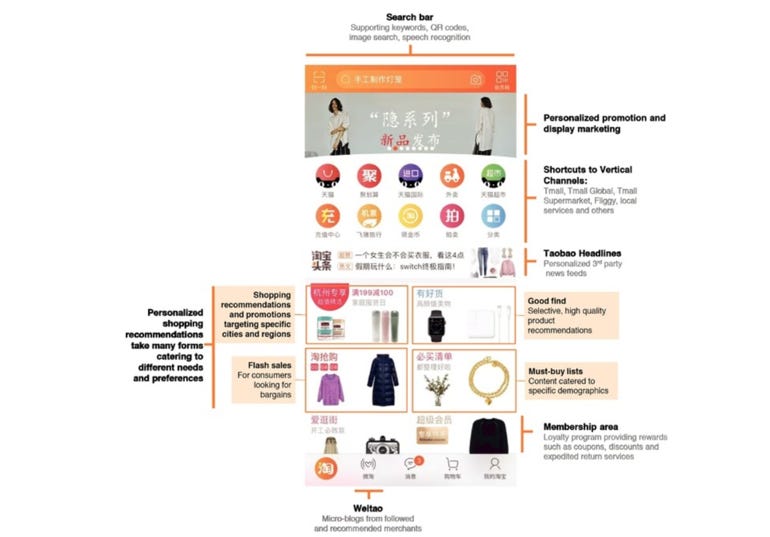

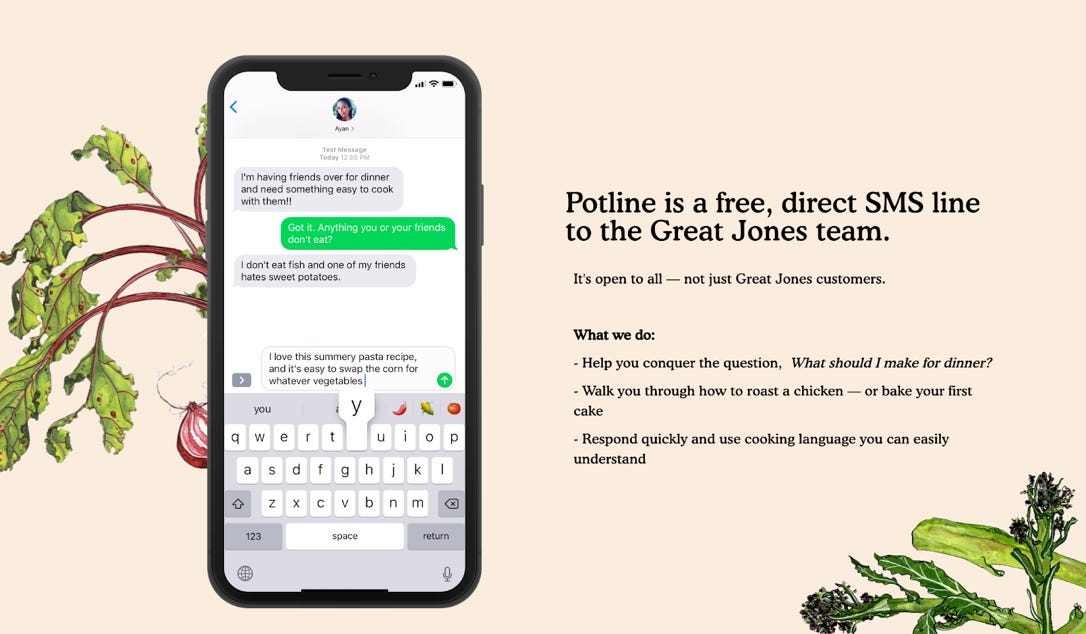
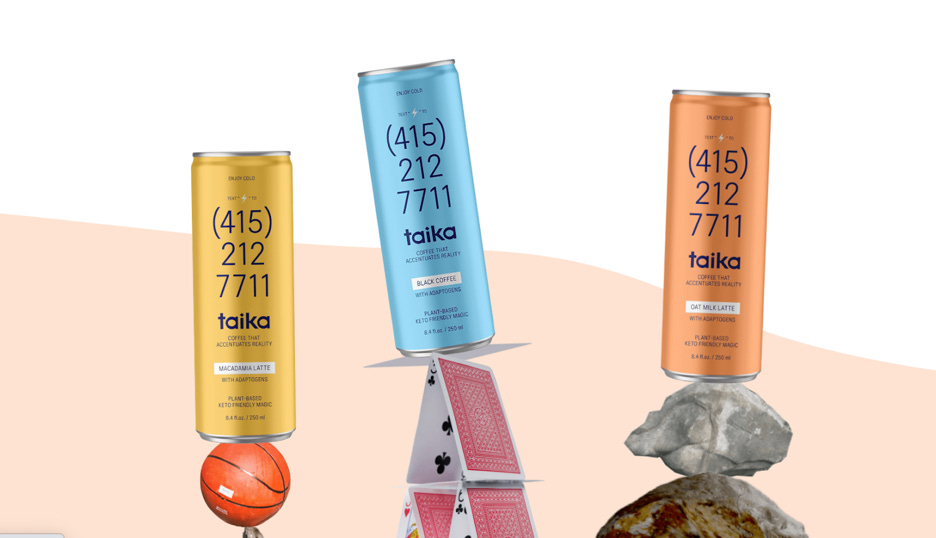


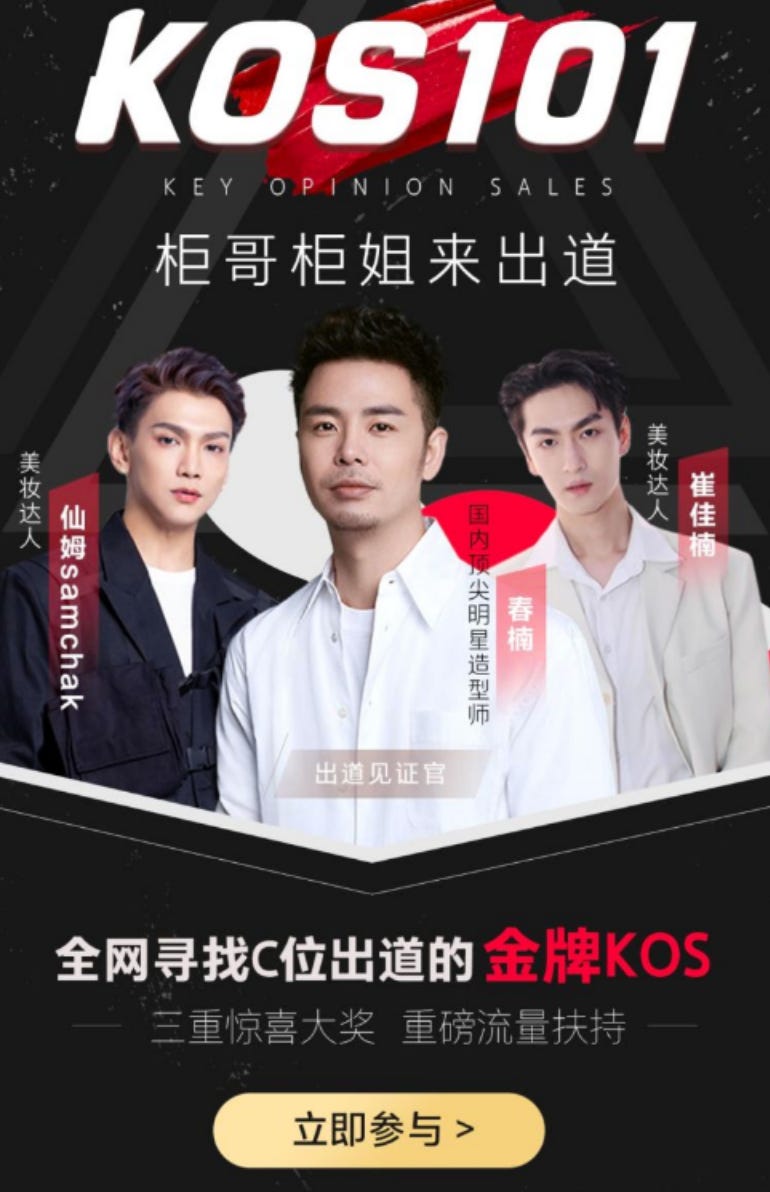
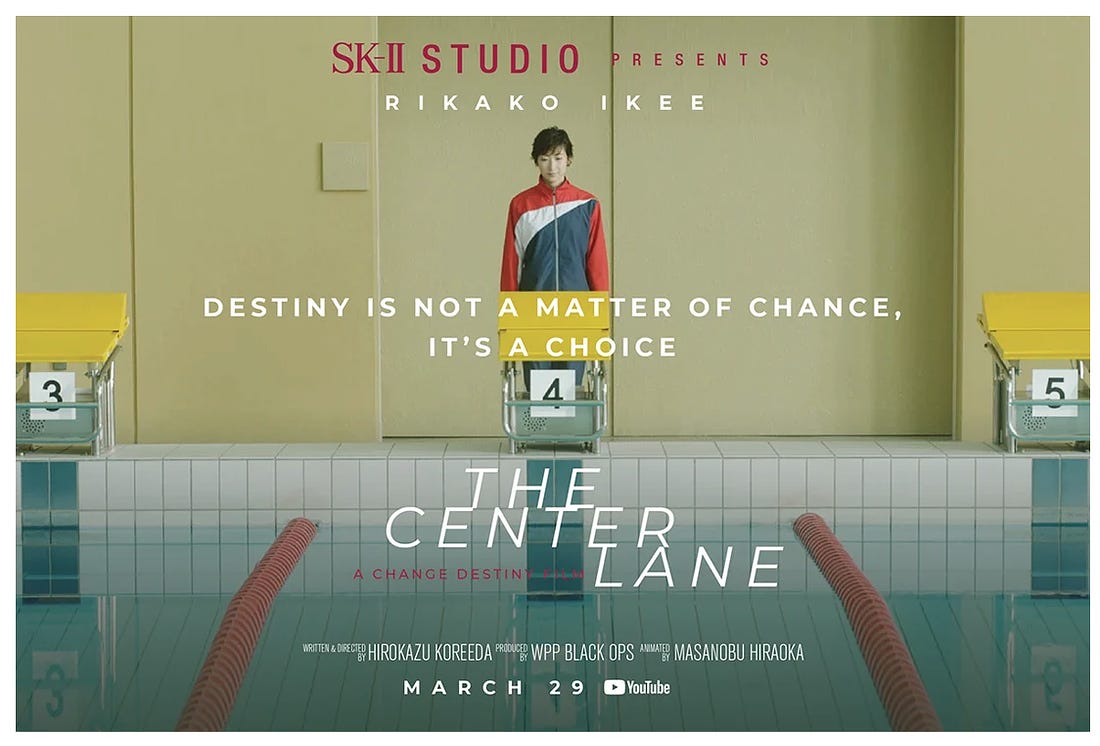





















2 comments:
Hire the best and fastest HACKERS on the web today. We give you HACKING SERVICES better than any HACKING group you can find in the internet. Our HACKERS are available for 24/7, always ready to attend to you at any time of the day, anywhere in the world.
There are no limits to what we can do. Don’t be surprised we say this. Hacking isn’t as difficult as it sounds, as so many HACKING equipments(softwares, virus, spyware, Trojan) are made available in the dark web and this has made HACKING very easy to perform. There are different varieties of Hacking Service we offer, such a as
✅Phone /Computer Hacks & Tracking
✅Emails & Social Media account Hacks/password recovery
✅Raising Money using (Bitcoin Mining, Money Flip e.t.c)
✅Recovery of deleted files e.t.c
If you need hacking services,FIRMWARE are the group you should contact. We have a strong policy that covers our Customers Privacy. We do not ask our Customers Targets and intention for any job given to us, we simply do our job and provide a strong security to customers so that our services can’t be traced to them.
Payment for our services will only be collected after Customers have certified and confirmed the completion of their job. For no reason do we collect upfront for services. But note that Customers will have to pay for Hacking Equipments if necessary before a job would be done.
Beware of FRAUDSTERS claiming to be HACKERS and ripping people of their money, they saying things and share false testimonies to Attract people and Lure them. They are everywhere in the internet even here in this site, be careful of them. We have come across so many of this FRAUDSTERS Victims and some have been lucky to get back what was falsely taken from them.
Below are list of our emails you can contact if you need our services
Email-:
firmwarehacks@gmail.com
firmwarehacks@gmail.com
FIRMWARE
2021 © All Right Reserved.
Thank you for sharing this insightful piece on the evolution of retail and the rise of 'retailtainment' on social media. It's fascinating to see how the shopping experience has transformed into a form of entertainment, blending seamlessly with our digital escapades.
In this era of digital engagement, it's crucial for ecommerce businesses to adapt and leverage innovative tools to enhance their customer experience and drive conversions. MyLiveCart is one such solution that can help ecommerce businesses thrive in this dynamic landscape. By providing personalized live shopping experiences, interactive features, and seamless integration with Ecommerce platforms, MyLiveCart empowers businesses to engage with their customers in real-time and foster meaningful connections that drive sales.
Thank you again for shedding light on this fascinating trend, and I look forward to seeing how the retail industry continues to evolve in the digital age.
Post a Comment